Draw a map of the classroom that includes the location of all 5 cats that are scattered around the classroom. Include a legend on your map that has stuff like desks, chairs, filing cabinets etc. Include the number of steps necessary to arrive at 3 of the 5 cats. You don’t have to include any of the items that are on top of the furniture (computers, monitors, keyboards, etc), but you should include unusual or unique items (like the projector).
Month: April 2024
DTP MD 11~12: Earth Day Poster
Happy Earth Day!
Make a poster that encourages people to do something good for humans and the environment. Draw everything yourself. Try to think of something that will really be good, not just greenwashing.
DTP MD 9~10: Earth Day Ad
Make an ad for a product that actually helps the environment, instead of being just greenwashing. Include details like price, where to buy it, who it is for. Draw everything yourself.
ART: Make a new pet
Draw out five different parts from five different animals. Pick a partner and find out their five parts, and tell them yours. Draw a new animal that has all your five parts, and another one with the five parts from your partner. Draw them playing together somewhere. Make it an interesting and detailed drawing.
Art: Nature Scene
Draw a realistic nature scene with at least two animals, two plants, and a water source. Use you sketchbook to make rough sketches and show evidence of planning. Color it carefully.
Art: Object Repetition with Variation
Object Repetition With Variation
Modified from: https://campus.digication.com/fairfieldart/Object_Repetition_w_Variation
Process:
1. Choose an interesting object that you can investigate from a series of sides, angles and distances. Make sure the object is of interest to you and that it has enough variation to it that you will be able to experiment with looking at it in different ways.
2. Make a grid with 12 3″x3″ squares on a new page in your 9X12 sketchbook.
3, Make sure you measure each square equally using a ruler, and lightly draw in your lines using a straight edge..
4. Look at your chosen object from different angles, sides, and distances. Lightly create a line drawing of a different version of your object in each square on your paper. Observation of the object will be very important!
IMPORTANT TIP: IT WILL HELP TO TAKE MANY PHOTOS OF YOUR OBJECT TO USE FOR REFERENCE IN THIS DRAWING. TAKE AT LEAST ONE PHOTO FOR EACH SQUARE THAT YOU CAN USE FOR REFERENCE WHEN DRAWING. YOU CAN ALSO TURN THE PHOTOS INTO BLACK AND WHITE SO YOU CAN SEE THE VALUE MORE EASILY WHEN SHADING.
NOTE: YOU SHOULD USE PENCIL ONLY FOR THIS PROJECT!
5. Consider the following: closer to the viewer or farther away, a cropped version, magnified view, a single interesting section or part, positive/negative space, interesting view from top, side, bottom, interesting perspective, etc.
6. Once all squares have line drawings, begin to shade the objects in each square to look 3D. Make sure to shade both the object itself as well as the background if there is any.
7. Designate not more than 5% of each square for white space (reserve the white for the brightest highlights.) Everything else should be value.
8. Push your darkest-darks so your object and lights pop out.
9. Vary line weight. (Don’t flatten your piece by enclosing the object in a heavy outline).
10. Consider the balance of the piece as a whole. Look at how all the squares fit together.
MAKE SURE TO LOOK EXAMPLES.
WHEN YOU ARE FINISHED WITH THIS DRAWING, GO BACK AND DARKEN YOUR DARK AREAS AND MAKE SURE YOUR HIGH LIGHTS REALLY STAND OUT.
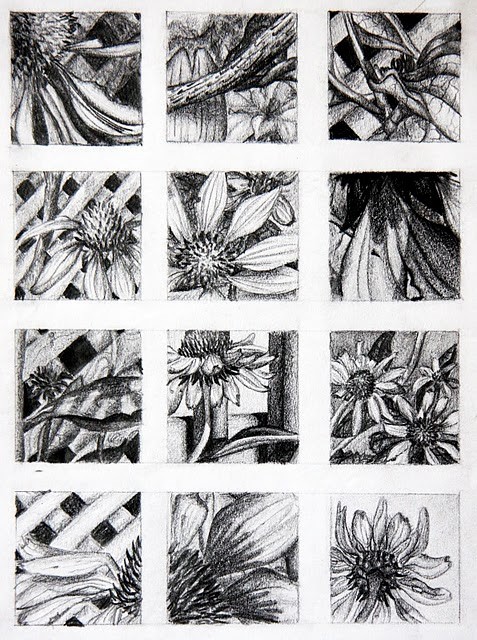
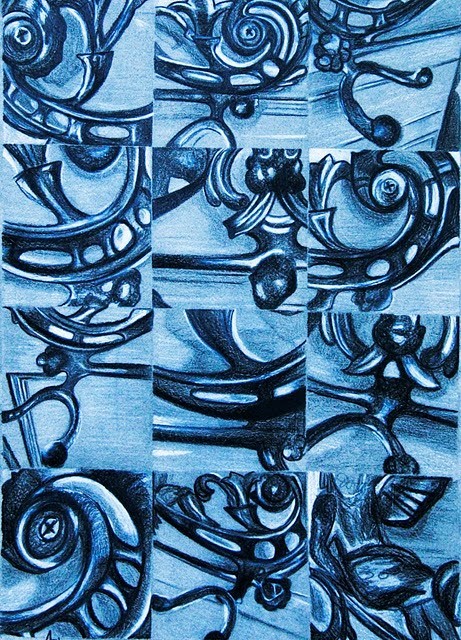
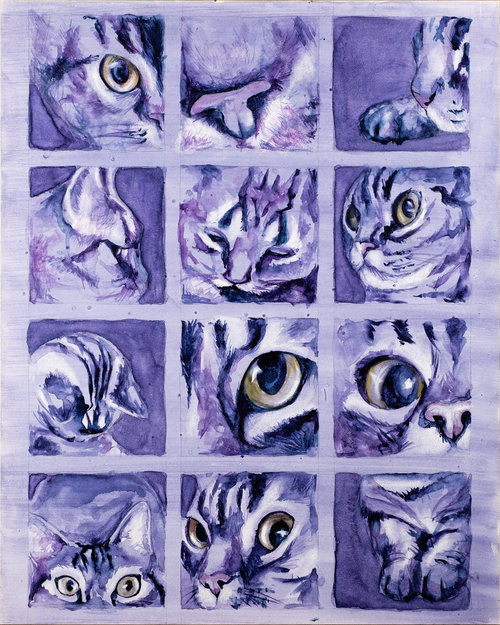
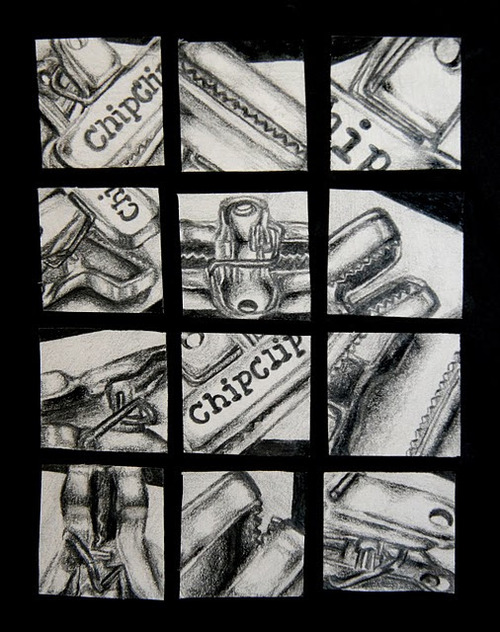
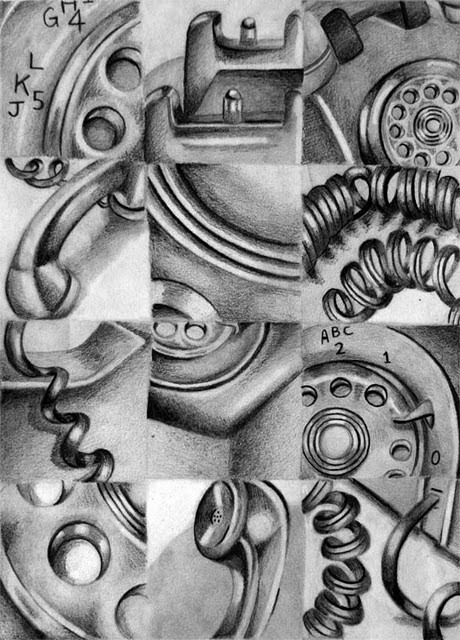
DTP MD 9~10: How to hold a holiday
Make a drawing that shows people celebrating a holiday of your choice. Explain what we are seeing, and what the holiday is supposed to mean. Include something to eat and something to do.
Art: Tertiary (colored) Turtles or Tortoises
Draw a turtle or tortoise, try to make it look realistic, not cartoonish.
Color your turtle (or tortoise) with three tertiary colors. A tortoise lives only on land, a turtle can live on land or go in to water, and tertiary colors are made from : an equal mix of two secondary colors, or an equal mix of a primary color and a secondary color.
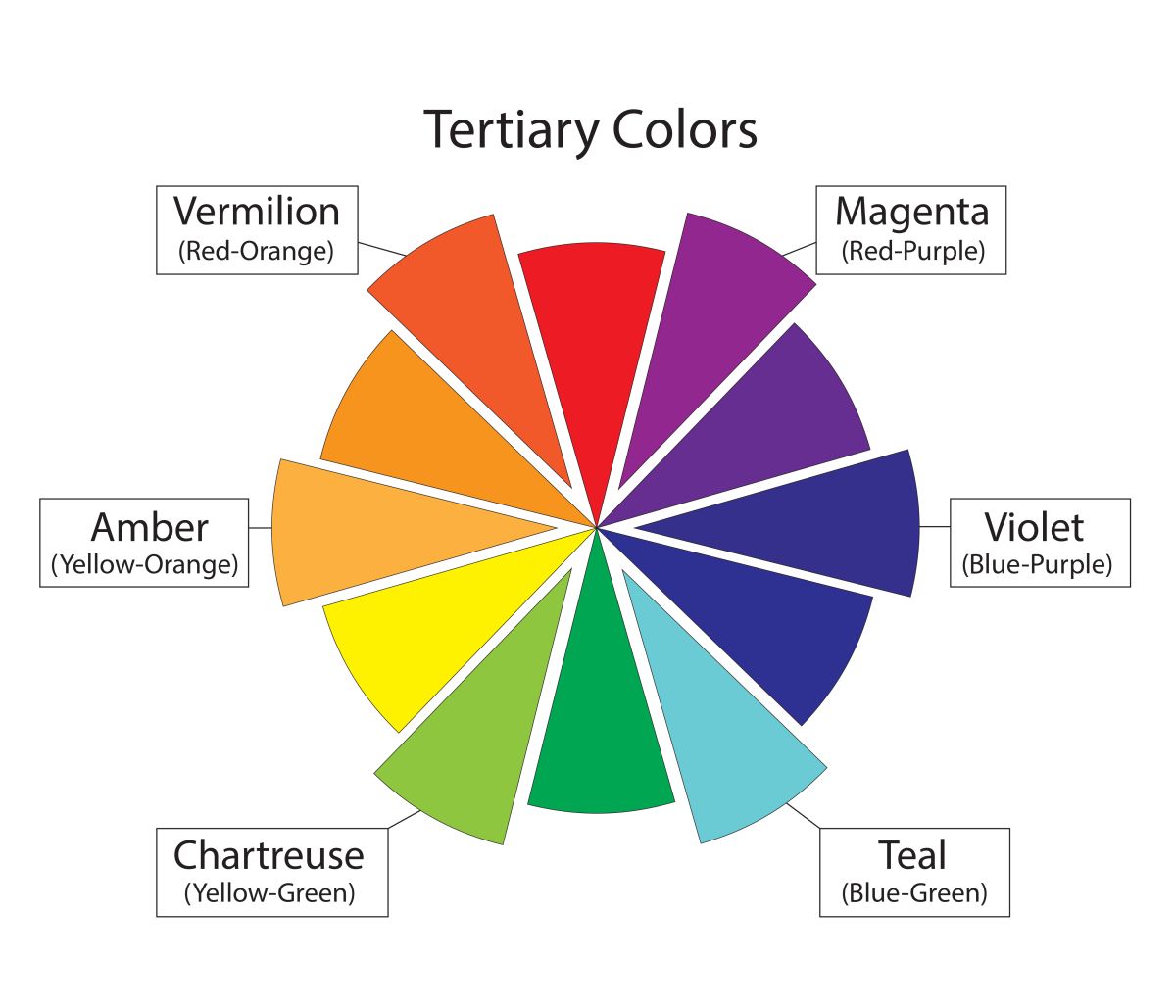
Turtle

Tortoise
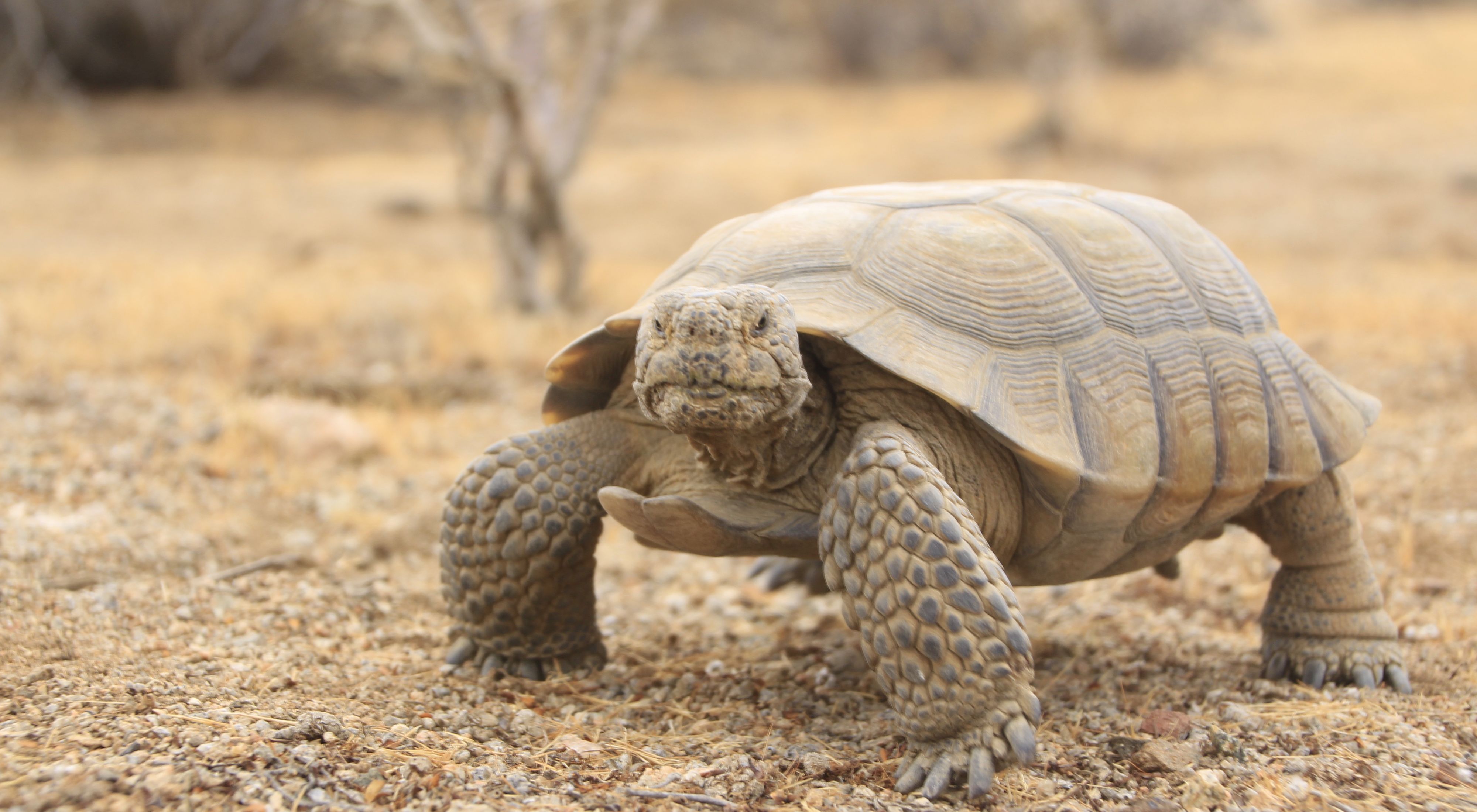
Art: Complimentary (colored) Fish
Draw a fish (pay attention to the number of fins!). Color it in with colors that are straight across from each over (on opposite sides) on the color wheel. This will make a high impact and high contrast color combination, making them appear brighter and more prominent.
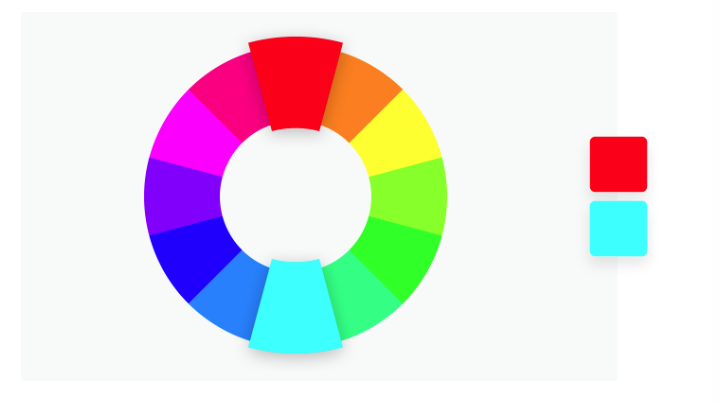
You must be logged in to post a comment.